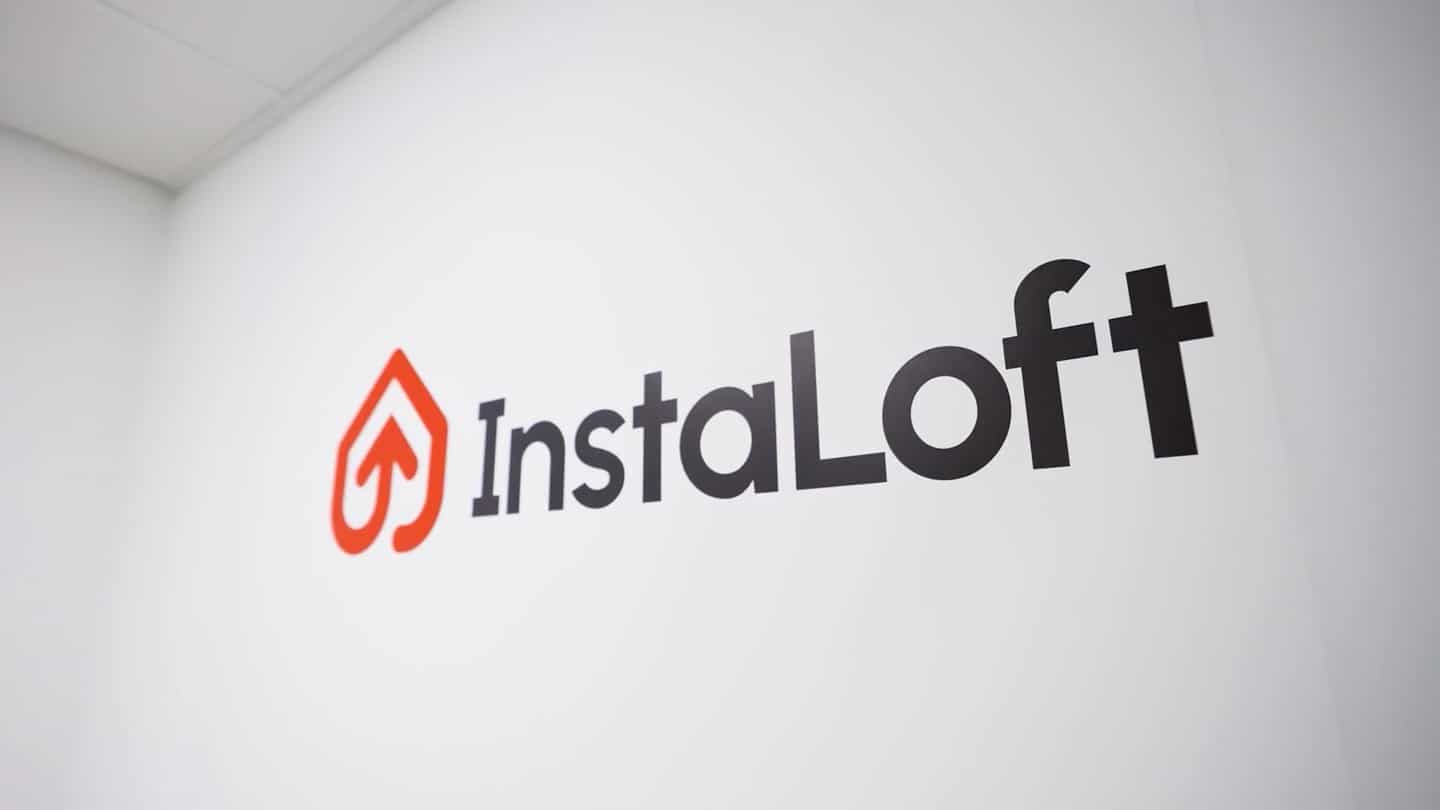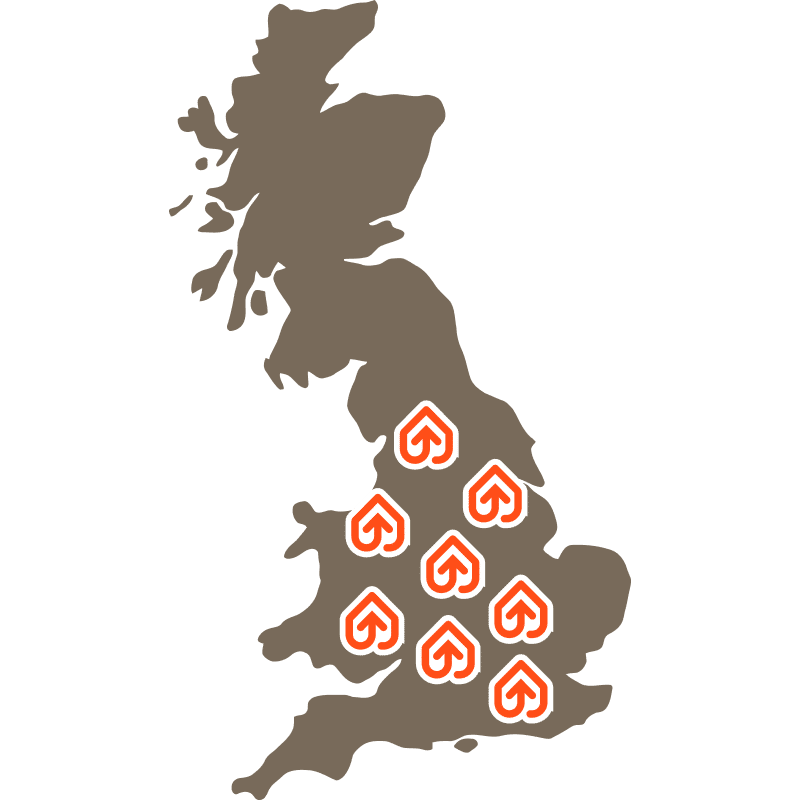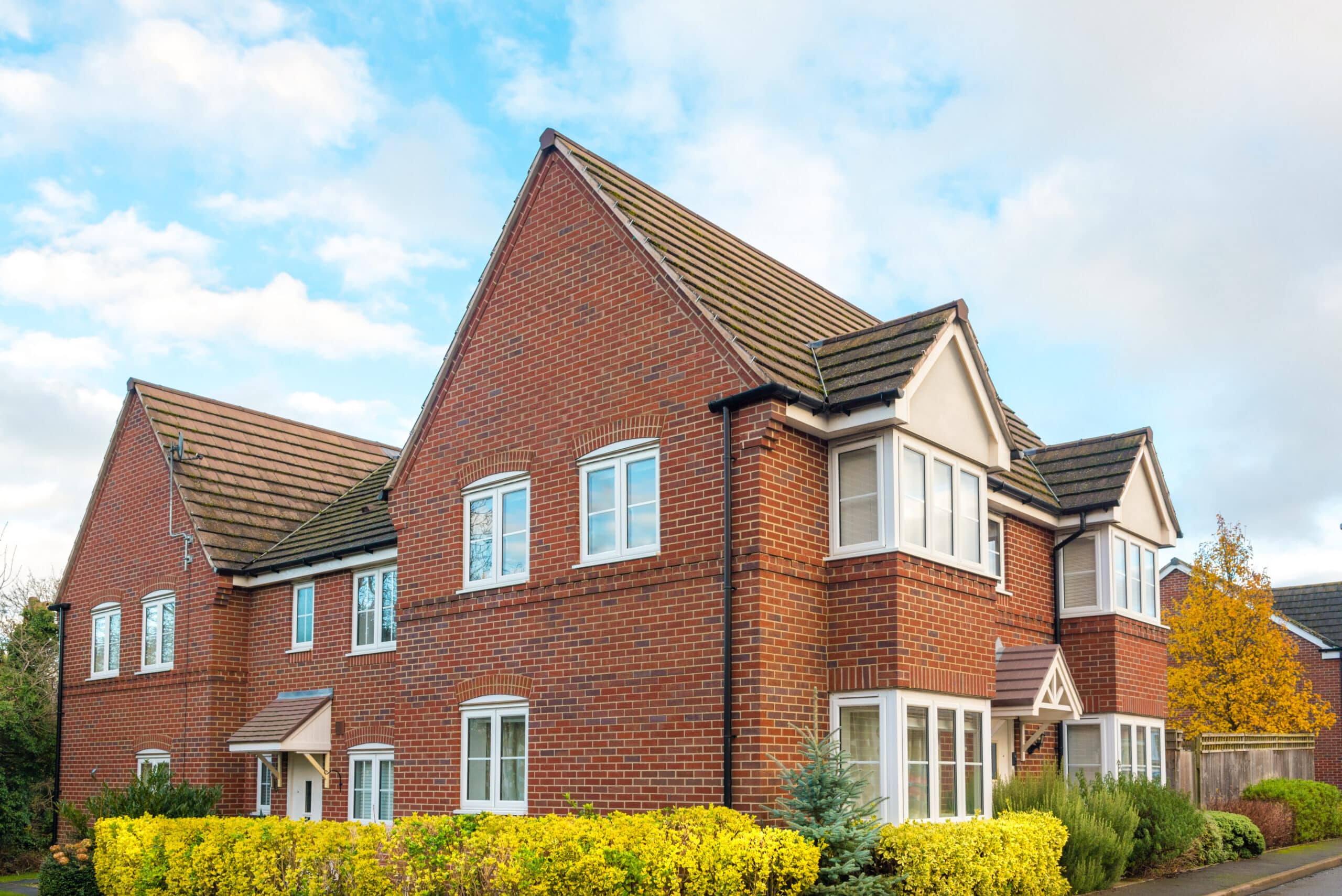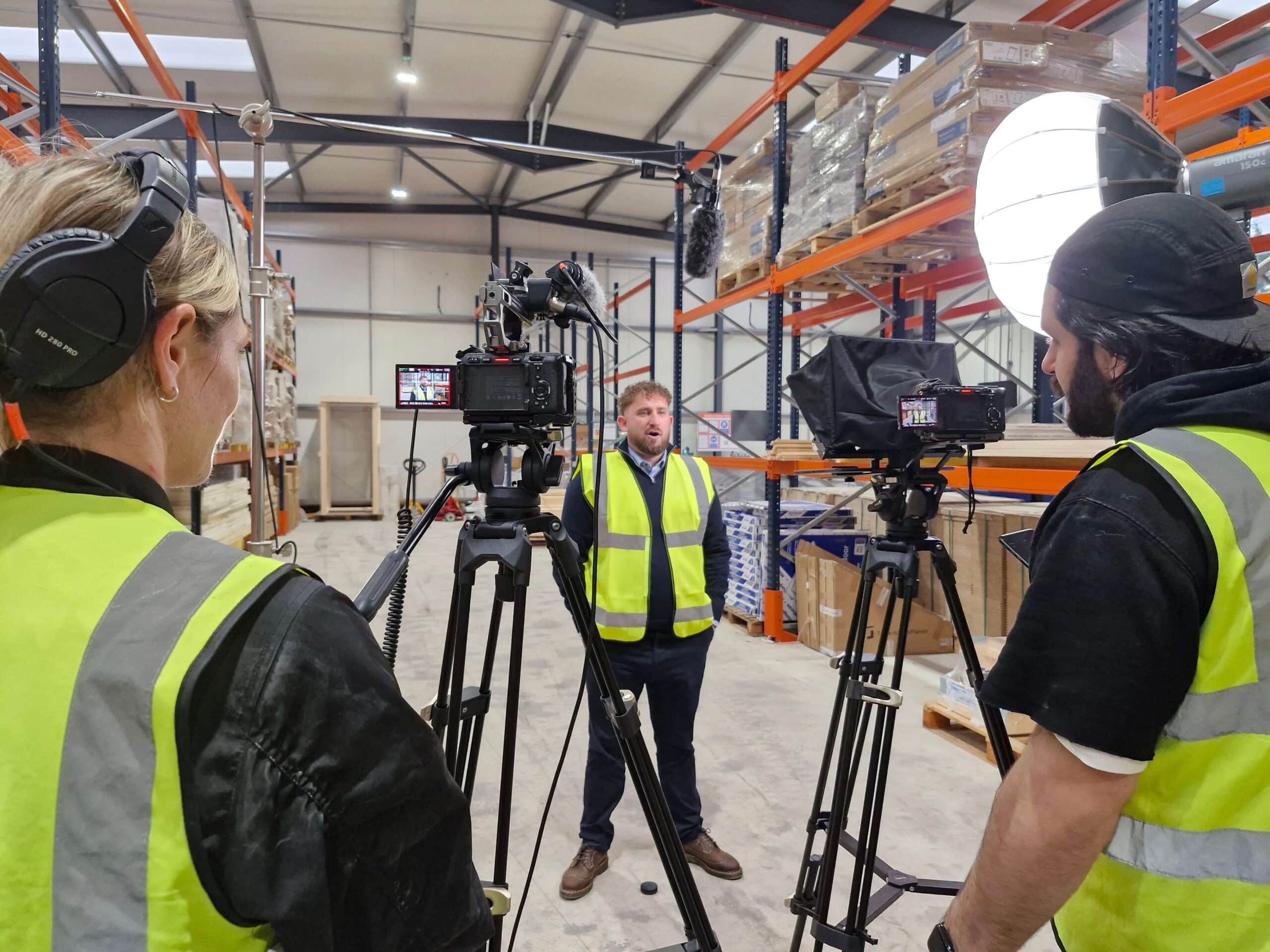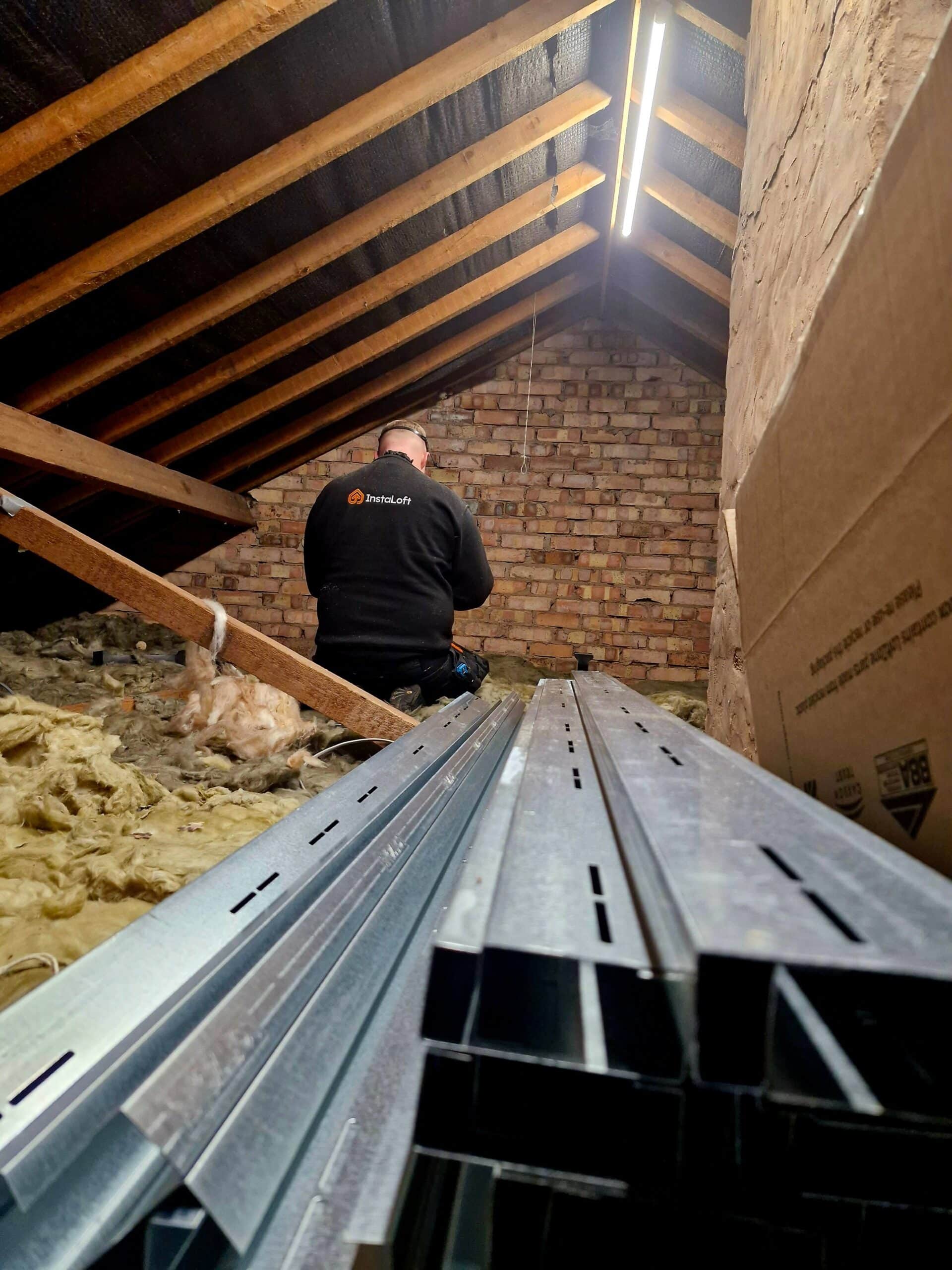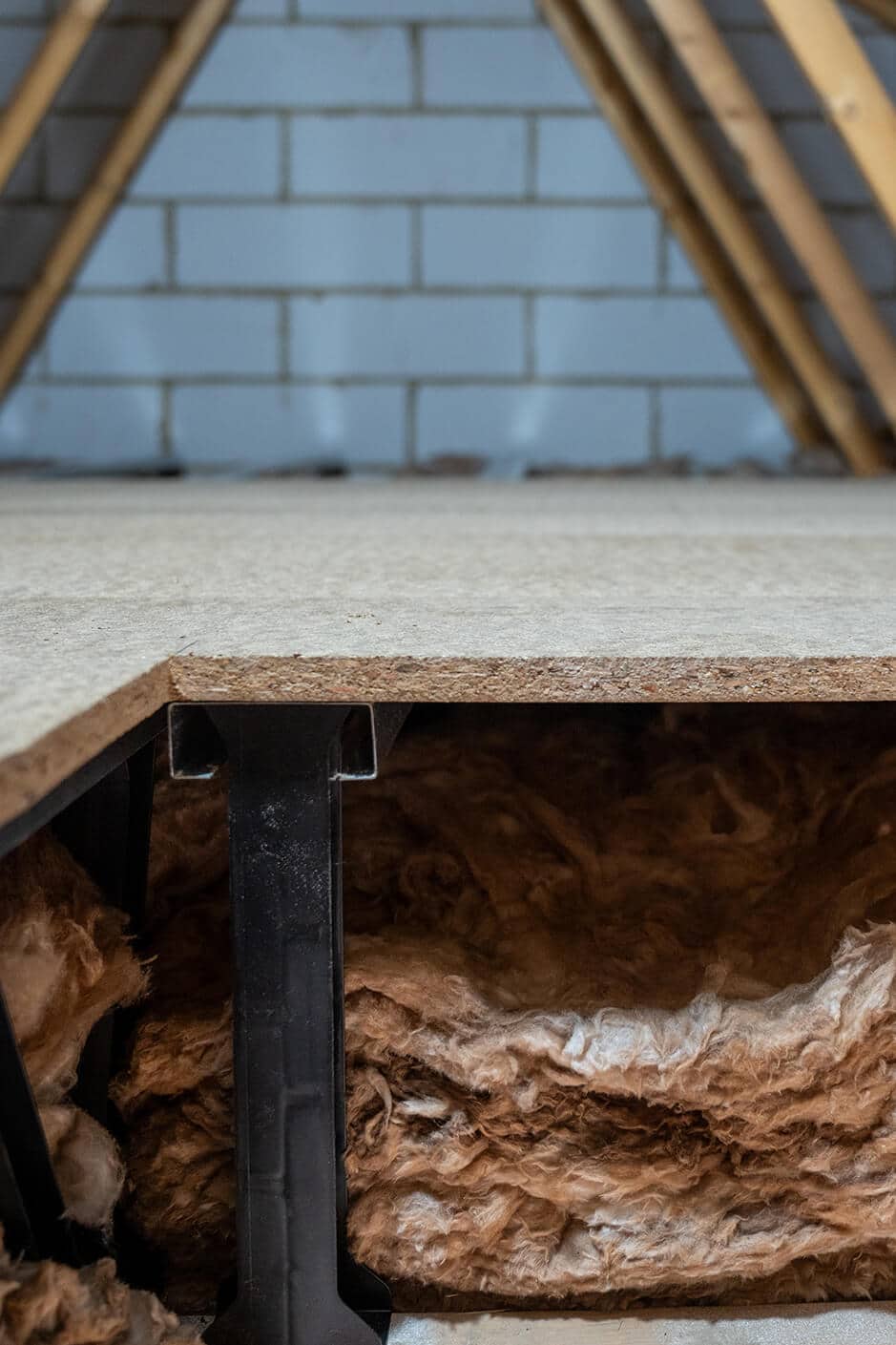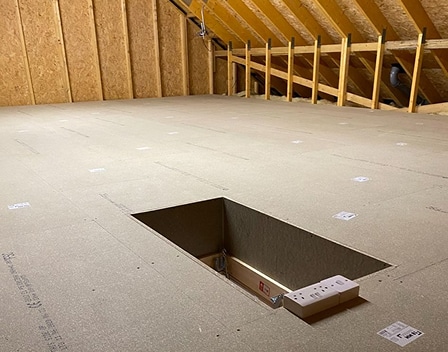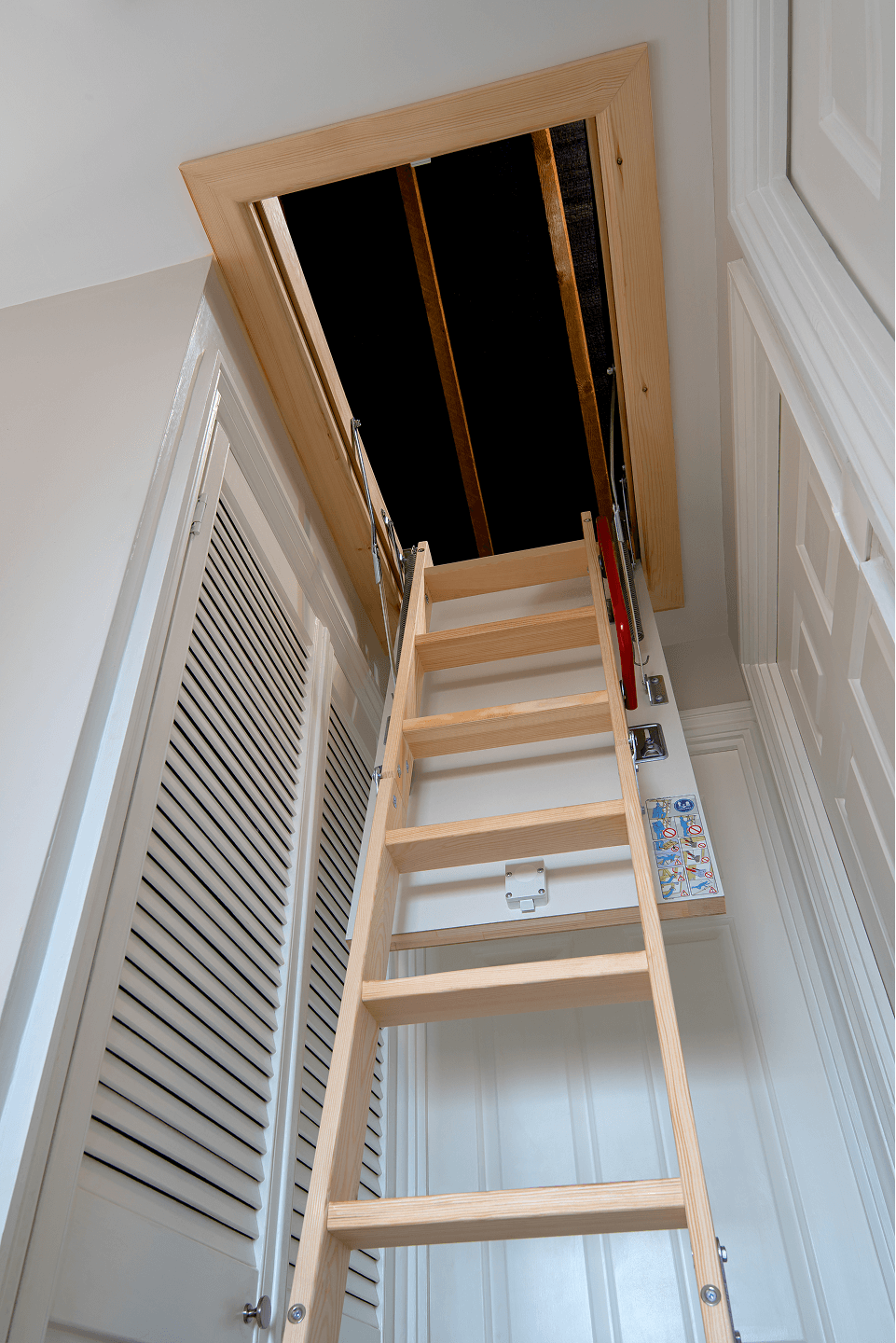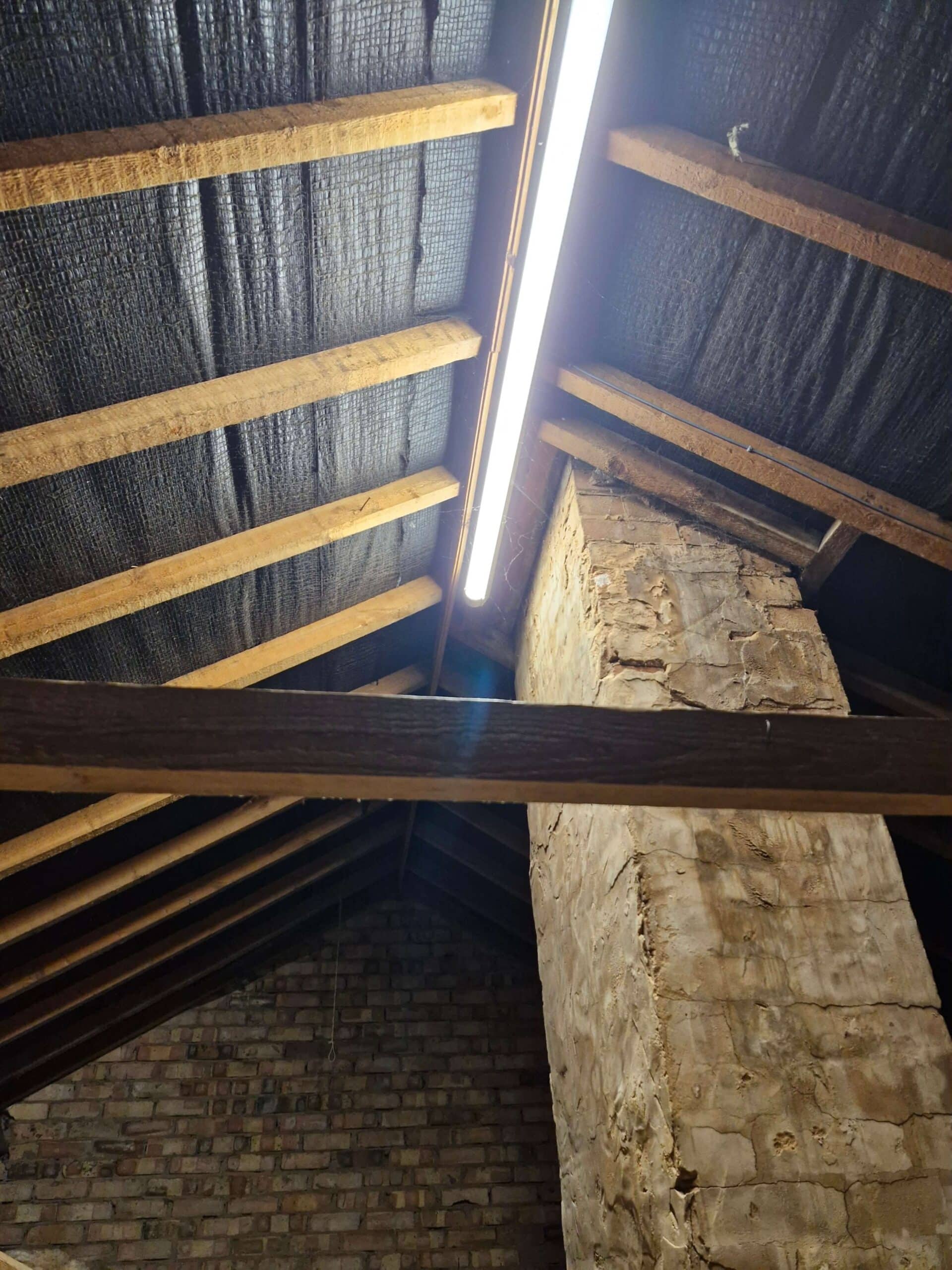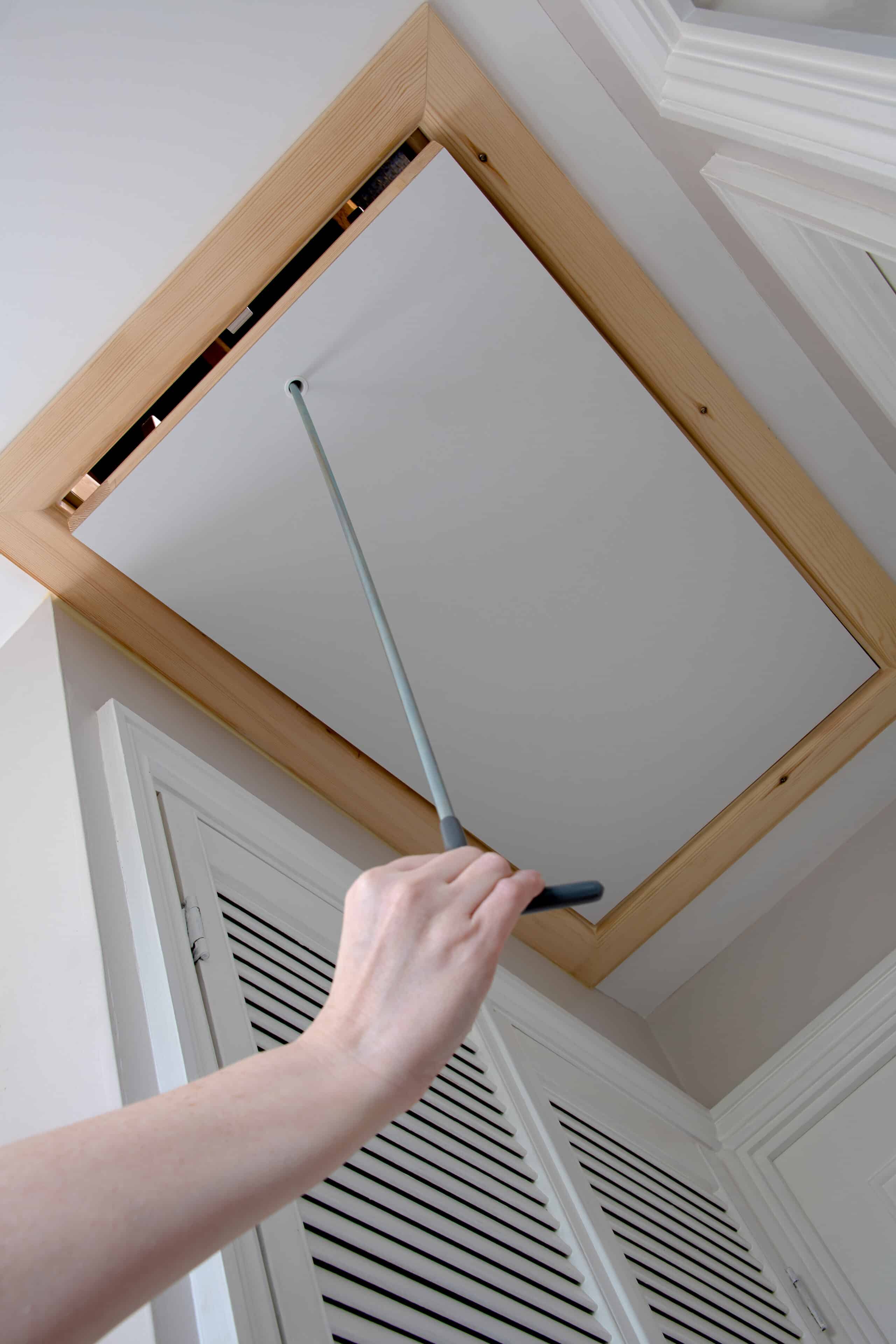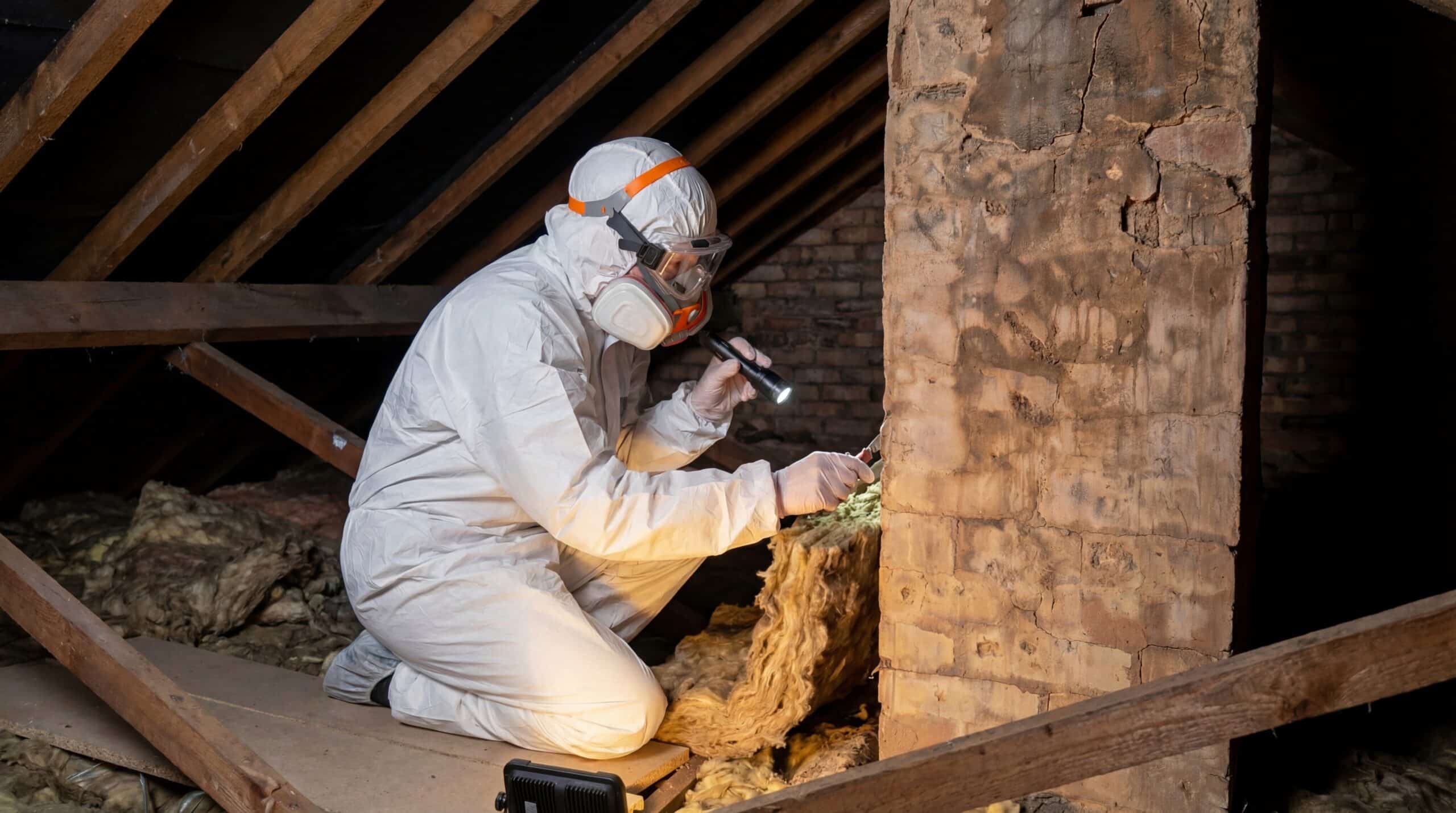
Free Asbestos Survey for Safe Loft Boarding Installation
At Instaloft, your safety is our priority. We are the UK’s only loft boarding installer with a dedicated asbestos process for homes built before 2000. Our commitment to ensuring the well-being of both homeowners and our installation teams is unwavering, which is why we go above and beyond standard industry practice by carrying out a comprehensive asbestos survey prior to installation.

Why is an Asbestos Survey Important Before Undertaking Loft Boarding?
Asbestos was commonly used in construction before 1999 when the government prohibited its use. Homes built before 1999 are likely to contain asbestos materials, posing potential risks to your health.
The Loft Boarding Industry’s Evolution
In 2015, loft boarding wasn’t a recognised industry. Thanks to our continuous efforts to raise awareness about the benefits it offers, the sector has grown rapidly. The Health and Safety Executive (HSE) acknowledges this growth and is now working on regulations to safeguard homeowners and installers from exposure to asbestos. Here’s a brief timeline to understand its history:
Asbestos Timeline
Following WWII, the UK construction boom leads to heavy use of asbestos in thousands of homes. At this time, Asbestos was used in ceiling boards, partition walls, floor tiles, loft insulation products and many other products.
Health concerns became widely recognised after medical research began to increasingly link asbestos exposure to serious conditions.
The UK bans the import and use of the most dangerous types of asbestos, known as crocidolite (blue) and amosite (brown) asbestos. White asbestos (chrysotile), however, continues to be used in many building materials.
Regulations tighten around how asbestos must be handled, stored and removed. Many manufacturers begin phasing out its use, but it remained present in building products throughout the decade.
The UK bans all forms of asbestos. No asbestos containing materials (ACMs) can be imported, sold or used in any construction product from this point forward.
Awareness, testing and safety legislation was introduced. Although no longer used, asbestos is still present in millions of homes built before 2000. Homeowners, installers and tradespeople must take precautions, as disturbing asbestos-containing materials can release harmful fibres.
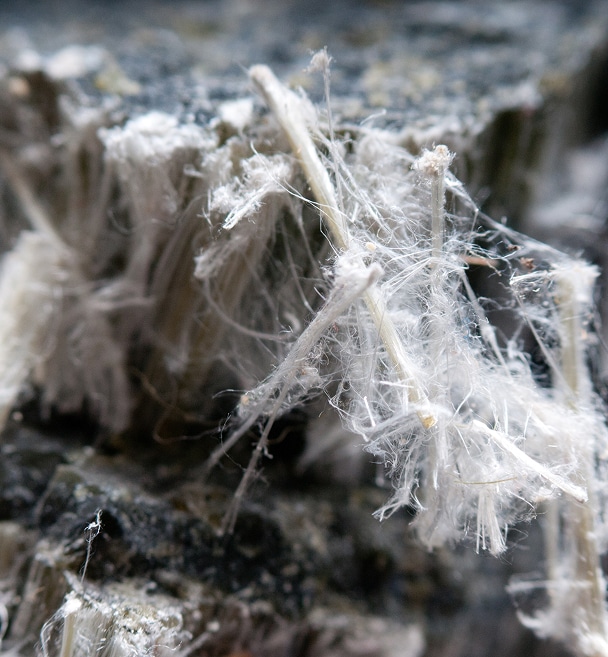






The Need for Asbestos Regulation in the Loft-Boarding Industry
At Instaloft, the loft asbestos survey is an essential part of our installation process. Unlike industries such as gas, electricity, water, and the window trade, there is no loft-boarding governing body. To ensure your safety, it’s crucial to choose a company that is asbestos-regulated.
Legal Requirements and the ACOP
While an asbestos survey isn’t legally required for domestic properties, the Approved Code of Practice (ACOP) recommends it. However, businesses have legal obligations to protect both their staff and homeowners. Instaloft is at the forefront of changing the industry to ensure these legal requirements are met, and we’ve been collaborating with the HSE for over 18 months to do so.
The HSE's Push for Industry Compliance
Members of the HSE are actively working to secure funding and permissions to review the entire industry, ensuring that companies adhere to the Control of Asbestos Regulations 2012, Regulation 5.
Asbestos exposure can have severe health effects, including lung cancer, asbestosis (scarring of the lungs), and mesothelioma.
The key message is clear: homeowners must choose a reputable company that is asbestos-trained. Loft boarding installers who don’t conduct asbestos surveys put those living in the home at risk.
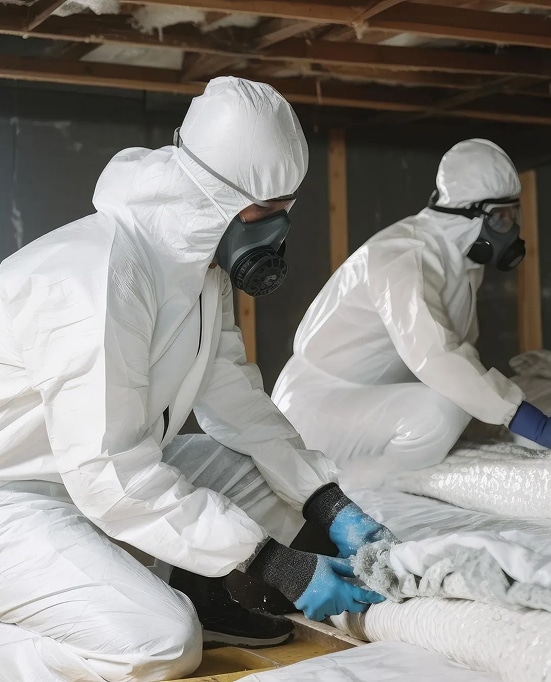

Need an expert opinion?
Our personal loft storage advisors are here to help answer your questions
Instaloft leading the way
Instaloft, when approached by the HSE, already had an ACOP. However, they advised us to do more, the practices we’ve implemented since are now setting a benchmark for the loft boarding industry.
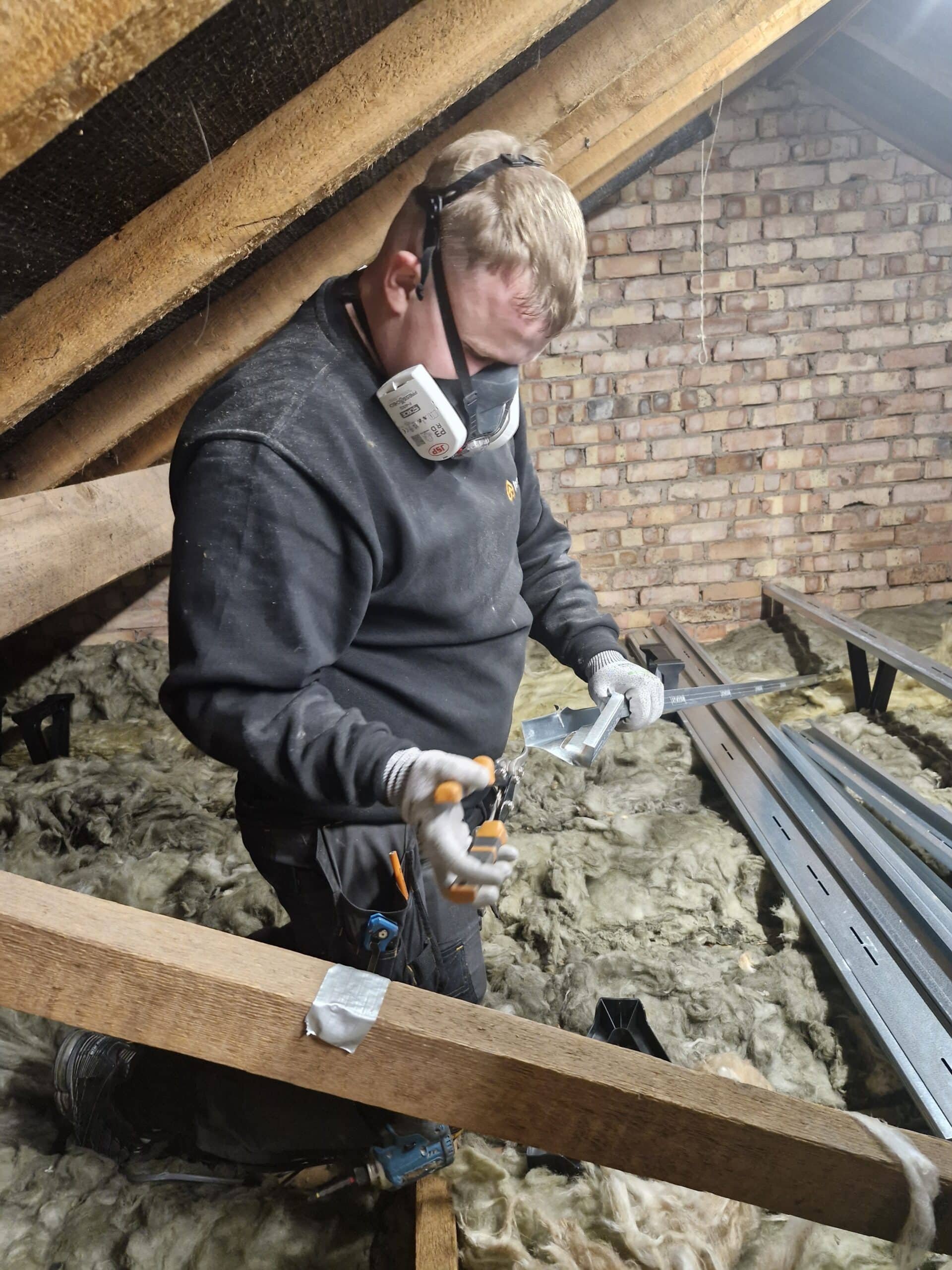
Instaloft’s Approach to Asbestos Safety
At Instaloft, our approach to asbestos safety is straightforward yet rigorous. We put your health and well-being first. When we survey a house for loft boarding and find that it was built in 1999 or earlier, we take the extra step to ensure your safety. We will arrange for one of our highly trained asbestos surveyors to carry out a comprehensive, targeted refurbishment survey in the areas where we plan to carry out work. This meticulous process ensures that any potential asbestos risks are identified and addressed, giving you peace of mind as we transform your loft into a functional and safe space utilising our raised loft board solution. Our commitment to safety sets us apart and underscores our dedication to providing you with the best possible loft boarding service.
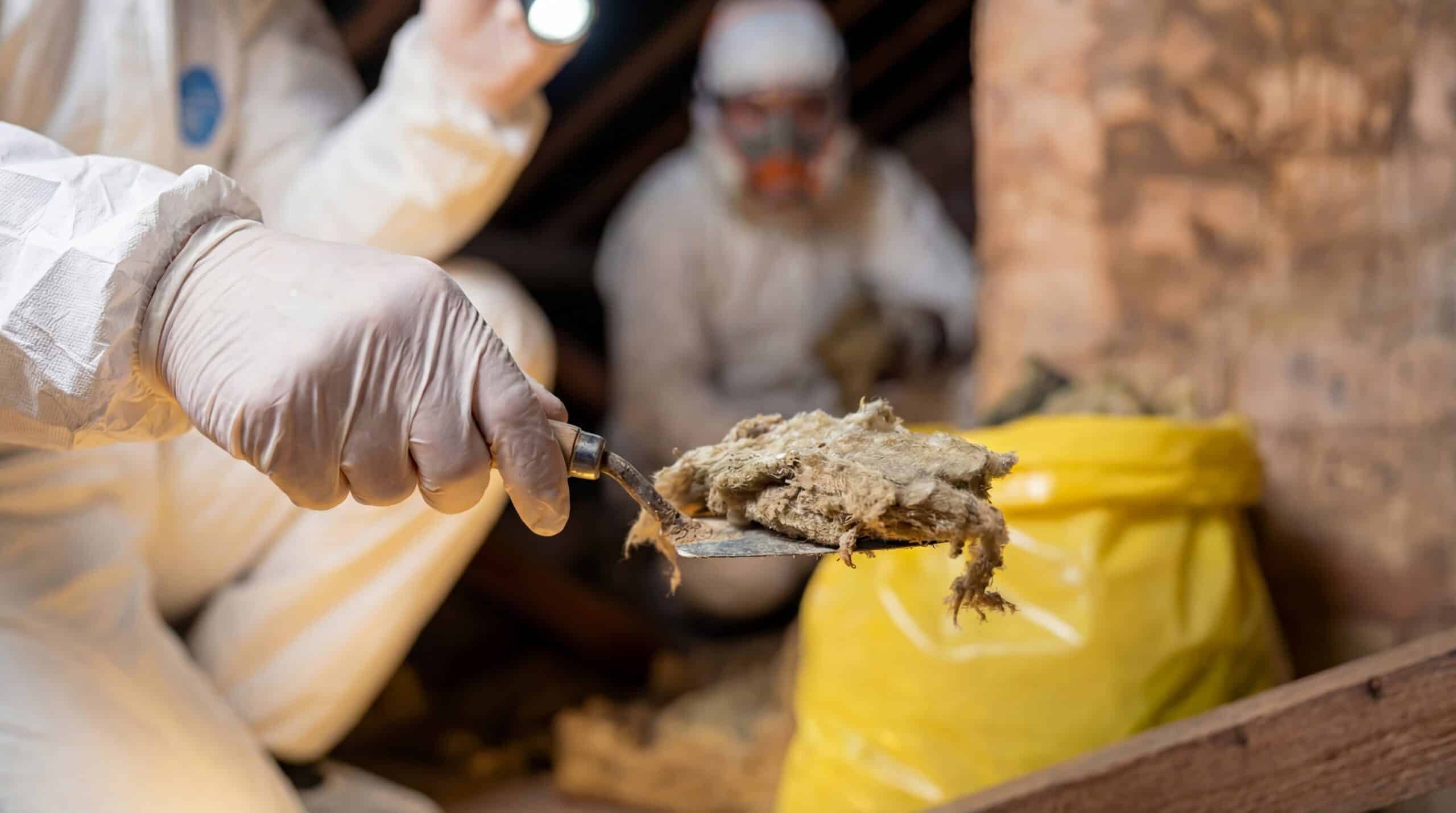
What Happens if Asbestos is Found?
We provide all customers with properties built before 2000 with a detailed asbestos-targeted refurbishment survey report which includes:
- Any asbestos that has been identified that could be disturbed during the refurbishment work.
- The type of asbestos identified.
- The extent of the asbestos.
- A plan of the property showing the location of the asbestos.
- A recommendation of remedial work required.
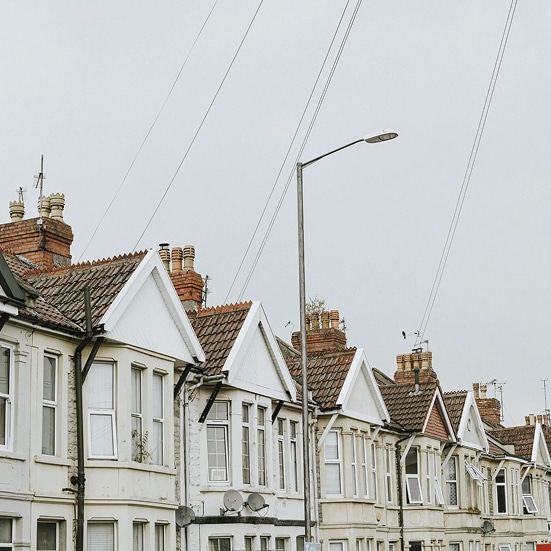
This essential information enables our trained non-licensed asbestos removal installers to work safely and efficiently, ensuring your loft boarding project proceeds without risk. Where any licensed asbestos material has been identified, we follow this up by helping you to find a Licensed Asbestos Removal Contractor (LARC) who will be able to carry out the necessary remedial work to make the area safe for the loft refurbishment to proceed.
We take your safety seriously and our asbestos-targeted refurbishment surveys are a testament to our dedication to providing a safe and compliant loft boarding service. Trust in a company that prioritises your health and safety every step of the way.
Unsure which loft boarding option is right for your home?
Compare our most popular solutions using this handy tool
Loft Boarding for New Builds FAQ’s
There are three main types of asbestos insulation found in walls:
- Asbestos block insulation
- Spray-on asbestos insulation
- Loose fill asbestos insulation
Loose fill asbestos doesn’t contain any paper or backing. Most loose fill asbestos insulation is made from vermiculite which has a pebble-like appearance and is greyish-brown or silvery-gold in colour. It will lay flat between the joists. It is, however, very rare that vermiculite in a domestic property will contain asbestos within it, but it is best practice for it to be tested for peace of mind. Asbestos block insulation is a rigid panel made from foam, fibreglass and asbestos. It is best to get your walls tested if you think they might contain asbestos blocks. Spray-on asbestos insulation is a thick layer of bumpy and fibrous grey foam. It is easily identifiable, and if found, requires a professional for removal as it is up to 85% asbestos. Whatever you do, don’t touch or disturb the asbestos in any way, as it is extremely friable and can cause serious damage when inhaled.
Older insulation could contain asbestos. If your building was built before the year 2000, there is a possibility that the building may contain asbestos of some form within the fabric of the building
When undertaking any type of building construction, an asbestos survey is vital for your health and safety. If your building was built before the year 2000, there is a high possibility that it contains asbestos of some form and you should get a refurbishment survey carried out before going ahead with any construction.
Some older homes (those built before the 20th century) may have vermiculite insulation which has been known to contain asbestos. Vermiculite insulation are greyish brown pellets or granules that can be found in attics or wall cavities.
If you have been exposed to asbestos, you are unlikely to feel any immediate effects, as it can take several years to show any symptoms. If you believe you have been exposed to any asbestos, you should seek medical advice and monitor symptoms.
You will not find asbestos in any fibreglass insulation. This wool-type material is a glass fibre product, so it doesn’t normally contain asbestos. Fibreglass insulation is an artificial, man-made product whereas asbestos is a natural product.
If you have your insulation tested for asbestos and it has come back positive, You should contact a licensed asbestos removal contractor (LARC) as they can advise, quote and carry out safe removal of any material found.
Asbestos pipe insulation is one of the most dangerous forms of asbestos but also one of the easiest to identify. If it’s already in a poor condition, the asbestos may already be disturbed causing the fibres to be released into the air. If you think you have asbestos on your pipes, call a specialist (LARC) without hesitation before there’s any more risk to exposure.
To an untrained eye, the difference between asbestos and cellulose insulation can be quite difficult. The main visual difference is that asbestos insulation is usually light brown in colour whereas cellulose is green or pink. If you’re unsure, get in touch with a specialist (LARC) and they can identify the insulation for you!
Loose fill asbestos doesn’t contain any paper or backing. Most loose fill asbestos insulation is made from vermiculite which has a pebble-like appearance and is greyish-brown or silvery-gold in colour. It will lay flat between the joists. It is, however, very rare that vermiculite in a domestic property will contain asbestos within it, but it is best practice for it to be tested for peace of mind.
Your Free Quote
Transform your loft into a spacious storage area with the UK’s No.1 Loft Boarding Company
"*" indicates required fields
